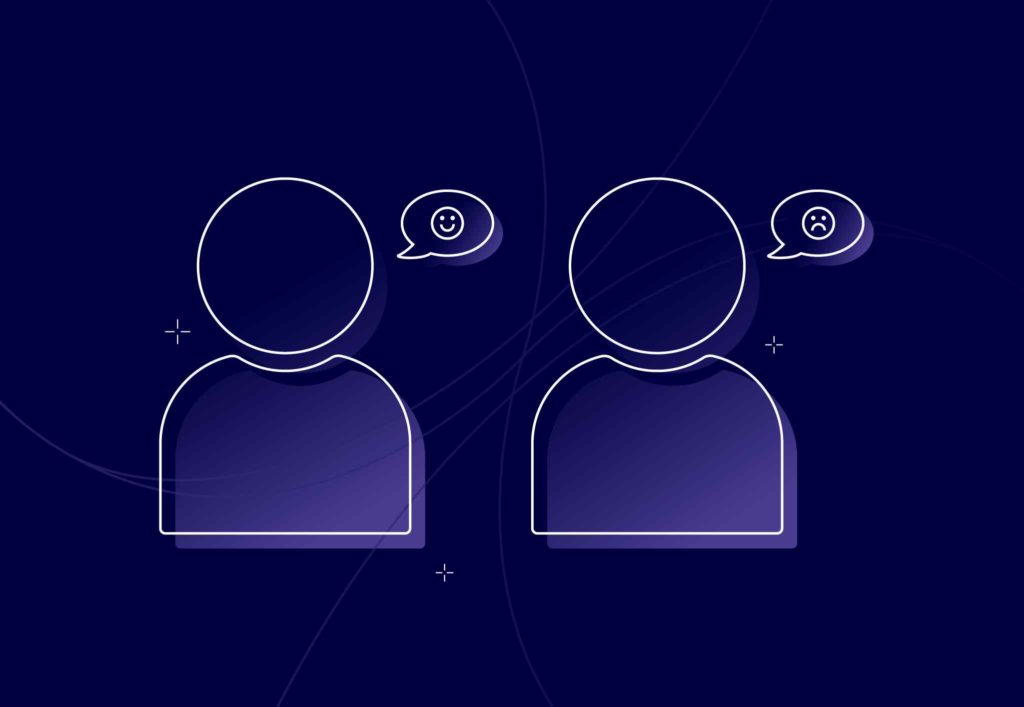
The Statistics behind Influencer Marketing and How the Landscape Is Changing

10 years ago if you had asked me what an influencer was I’d have probably given you a brief layman’s idea that it was somebody that encourages somebody else to buy something. Albeit this is not necessarily wrong now, it gives no indication of how complex the landscape is for content creators and what it actually means to be an influencer. It’s nothing new, is it? Marketeers analysing the landscape, speaking about what it means to influence and so on, but with recent debates regarding legal contention around platforms like TikTok I thought I would dive into the statistics behind how being an influencer is changing and how the landscape is changing with it.
Despite the constant updates, algorithm changes and varying content style, 94% of marketers still consider influencer marketing an effective practice, and 89% of marketers say that ROI from influencer marketing is comparable to or better than other marketing channels, the industry has grown from a value of $1.6B in 2016 to $16.4B in 2022. What’s even more interesting is when you break that down into the various platforms available; 79% of brands said they had used Instagram for influencer marketing, followed by YouTube at 44% and Facebook at 43%. TikTok, despite being banned in countries like India, still has 1.53 billion users and 1 billion of those are considered active users.
These statistics show that influencer marketing and content creation is heading in one direction – one of growth. However, despite this, content creators are constantly fighting to be seen, in their words ‘beating the algorithm’ but what does this mean for brands and how has the landscape changed?
The Rise in Short-Form Video
According to HubSpot’s latest marketing strategy and trends report, short-form video content will continue to rise in popularity in 2023, with 90% of global marketers increasing or maintaining their investment in short-form videos this year. Brands are now becoming more aware of the power of this style of content, according to invideo, videos are generally a more popular medium for information delivery with 59% of executives saying that when they can choose between text and video on the same topic they’re likely to pick video content. In addition to that 72% of people prefer video vs text to learn a new product or service.
So what does this mean for brands? It means firstly that any marketing strategy that’s leveraging influencer marketing needs to consider the product/service and how they can showcase it visually and informatively through video means. Consumers aren’t digesting influencer content the same way anymore, the days of glorified, super-polished photos with some creative copy to support them are no longer as impactful as real, engaging short-form videos that don’t need hours in Adobe Lightroom. When it comes to how brands approach this shift away from static imagery to short-form video has been one of the biggest shifts in content over the last few years, the preference for video content is not just limited to entertainment purposes, it extends to brands. A recent study shows that 91% of consumers want to see more online video content from brands.
TikTok has a lot to answer for this emergence of style in content and what it means to be an influencer, take Francis Bourgeois for example, Francis boasts 2.9m followers on TikTok with a further 1.7m on Instagram, and grew to social media fame over the pandemic in 2020 with his love for trains on TikTok. Francis’ content is nearly all video format, there are not many edits or filters to it, it’s purely him videoing himself watching trains passing by (and getting incredibly excited by it).
His growth demonstrates to brands that not only are consumers resonating with ‘real people’ but they’re willing to support more niche industries. I for one, wouldn’t be able to tell you what type of train is what or when a train is running for the last time, but through people like Francis, I’ve become more aware of a niche market which I once never gave much thought to. Through his short-form video content, I have learned so much and never had any real ambition before to know anything about trainspotting. This type of content from these types of people keeps people’s attention and brands looking to push any influencer marketing strategy, must have this in mind when it comes to delivering impactful content and partnering with the right influencers.
Increased Segmentation of Influencers
The emergence of somebody like Francis Bourgeois shows brands the type of influencers that are out there. Much work has gone into how Influencers and their followings are measured, we have celebrity, mega, macro (or mid-tier), micro, nano all the way down to affiliate and no payment influencers. Everybody with a social media presence can essentially in some way become an influencer whether they have 500-1000 followers or over 1 million. What this means for the landscape is that over the last decade, we have seen a shift away from people wanting to engage with celebrities, and those with a huge following to those with a more concentrated focus in their space and a much smaller social media presence for example; Nano influencers (those with 1000-5000 followers) are said to have the highest engagement rates, particularly on platforms like TikTok where they boast a 17.9% engagement rate. Granted, marketers need to take into consideration the number of followers an influencer has and the overall reach however if you’re a brand within a specific industry you now have much more opportunity than what was once available. It seems as though the Nano Influencers and Micro-Influencers of the social media world can really make an impact on brand campaigns, in fact, Micro-influencers (those with 5000-20’000 followers) now account for almost half of the influencers (47.3%), this is shortly followed by Macro influencers (those with 20’000-100’000 followers) at 26.8%. Marketers are more interested than they once were in working with these types of influencers rather than celebrities. 77% of marketers say micro influencers top their list of ideal influencers which is shortly followed by 64% for macro influencers.
It seems as though for Brands the landscape has become one of which there’s more opportunity than ever before to use influencer marketing. If you’re thinking it’s limited to just sport, ‘lifestyle’ (whatever that means), fashion & beauty then it couldn’t be further from the truth. The platforms are pushing real people who are real innovators in their space, whether it’s carpentry (Mike Pekovich), meal prepping for work lunches (Talia Koren) or advice for senior citizens (Grandad Joe) you can literally find anything and anyone who would suit your brand and more importantly somebody who is going to have a sniper like focus on your target audience. Long gone are the days of influencer marketing being solely a PR gift box and a ‘shout-out’. The landscape now is much more open, and much more segmented and a lot more niche areas have opened up, ultimately giving brands and marketers more availability and opportunity than ever before.
What Does the Future Look Like?
I don’t have a crystal ball, I can’t tell anybody what the future holds for influencer marketing nor can they tell me. None of us truly know, but what we can do is look to leverage our current position and make educated estimates based on evidence that’s available to us. We haven’t even got anywhere near AR and AI which opens up a completely new dialogue. Ultimately Gen Z (those born 1997-2013) who have essentially grown up with no distinction between online and offline reality, are ‘digital natives’ (labelled by IBM) and given their age demographic they currently account for 32% of the global population. Brands and businesses can credit them with being the ‘next crop’ of consumers. With that being said, they are also the demographic consuming the most influencer content on social media and subscribing to the most influencers (around 28% total). When putting those statistics together we can see that the future of consumers is those wanting to see and hear more from influencers, and influencers to them are now real people, with real information and real engagement that entertain and guide their audiences. So whether the likes of TikTok gets banned for harvesting data or not is irrelevant because the likelihood is something else will take its place for influencers, exactly what TikTok did to Vine. There will always be mediums for influencers to speak to their audiences.
All these statistics lead towards how influencer marketing has gone from a top-down approach to a more bottom-up approach, consumers want more influencer marketing but they want to be engaged by people they can understand and relate to, people whom they consider ‘real people’, not an artificial, edited, filtered version of that person that they once aspired to be. It suggests that there’s a drop in aspirations for people to be associated with filtered versions and they want the real deal. Understanding this shift in the landscape will help brands make more tailored, considered decisions when pairing with the right influencers and with that there are more opportunities than ever before. As ever as marketers we need to be at the front of these landscape changes and ensure we’re making data-informed decisions when it comes to influencer marketing.
Influenced? Why Not Get In Touch?
Influencer marketing is massive, if that wasn’t already apparent and here at Embryo we have experience working with influencers in certain sectors and spaces as part of our broader paid social strategies. These campaigns are run by our award-winning paid social team and you can be sure you’re in safe hands. To learn more, get in touch by phone at 0161 327 2635 or email [email protected].




